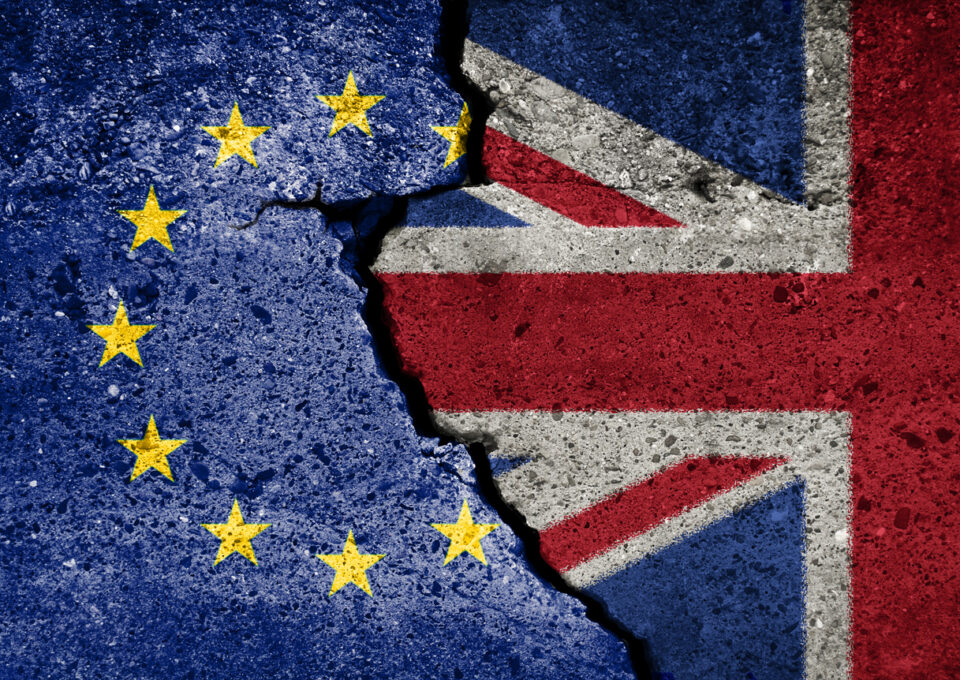Brexit and Your IP Rights: What You Need to Know and How to Prepare
Date
February 8, 2019
Read Time
4 minutes
Share

On March 29, 2019, the UK was scheduled to leave the European Union under Brexit. Today, it is unclear if the exit will be delayed, with or without a deal with the EU, or potentially abandoned.
What does this mean for your European Trademark and Registered Community Design portfolio? While the future is uncertain, there are strategies and practical steps that you can take now to prepare.
What You Need to Know
– European Patents Are Not Affected. Patents issued by the European Patent Office (“EPO”) will not be affected by Brexit. EPO patents are governed by the European Patent Convention, an agreement that is separate from the European Union. Therefore, your European patents validated in the UK will remain in force in the UK.
– Registered European Union Trademarks and Community Registered Designs. The current draft of the Brexit withdrawal agreement provides that the UK will automatically grant owners of European Union Trademarks (“EUTMs”) and Registered Community Designs (“RCDs”) a duplicate or “cloned” right in the UK if the EU rights were registered or granted before the end of the “Transition Period.” The Transition Period is currently set at March 30, 2019 through December 31, 2020.
If, however, the UK leaves the EU without a deal, then there will be no Transition Period. The EUTMs and RCDs must have been registered as of the date of withdrawal for the IP right to be cloned.
The renewal date of the cloned UK right will be the same as the corresponding EU right. The UK IP Office will publish a notification of the cloned rights, and there will be procedures for opting out of the UK registered trademark or design. The UK IPO Office has stated that it will not be charging any fees in connection with the cloned UK rights.
– Pending European Union Trademark Applications and Unregistered Community Designs. If you own a pending application for a EUTM or RCD at the expiration of the Transition Period (if there is one), you will have nine months upon the expiration to apply for the equivalent protection in the UK to retain the original EU priority filing date for the trademark or design right, including applicable UK seniority claim for EUTMs.
To date, the UK Intellectual Property Office has not been entirely clear about the examination process for the new UK applications. It also is uncertain what will happen if the UK withdraws without an agreement. Owners of pending trademark applications likely will need to file new UK trademark applications.
Unregistered Community Design (UCD) rights in existence at the end of the Transition Period (if there is one) will continue to be protectable and enforceable in the UK for the remaining term of protection of the relevant UCD right. Currently, there is a separate unregistered UK design right under the UK Copyright Design and Patents Act, but it is not the same as an unregistered Community Design Right. For designs not in existence at the end of the Transition Period (if there is one), the UK plans to establish a “supplementary unregistered design right” that will be essentially the equivalent of the UCD enforceable in the UK.
Strategy Recommendations to Consider
Even though it is uncertain what Brexit will look like, or if it will ultimately occur, here are some strategy recommendations and practical approaches for you to consider today:
1. File a separate UK trademark application if you own an EUTM and are using the mark solely in the UK. Particularly, consider this if you do not want to wait until there is more clarity about when you will receive a UK clone of your EUTM. If you rely solely on your UK rights to support your EUTM, the EUTM could be subject to cancellation for failure to use the mark throughout the EU.
2. Conduct a search of the UK Trademark Register to ensure that there are no conflicting pre-existing rights. Take this action if the UK is a key jurisdiction for you, and you are relying on your EUTM rights.
3. Resolve your pending trademark opposition or cancellation proceeding involving an EUTM sooner rather than later. This is advisable given the ambiguity of Brexit, how EUIPO proceedings affecting UK trademark rights will be handled, and the creation of the cloned rights in the UK.
4. Review your license agreements for trademark or design rights in the EU that affect the UK to understand if they need to be amended and/or re-executed. Consider this action once there is more certainty about the exit date.
5. Evaluate settlement agreements that may restrict use and/or registration of a mark or design in the UK. You may need to forfeit a cloned registration to comply with the terms of the settlement agreement.
6. Review recordals of licenses and security agreements to see if any amendments or new recordations need to be made.
Our team is monitoring development in this area. If you have questions about your trademark or design rights in Europe or the UK, please contact Paula Jill Krasny, Mitch Weinstein, or any of our attorneys below.